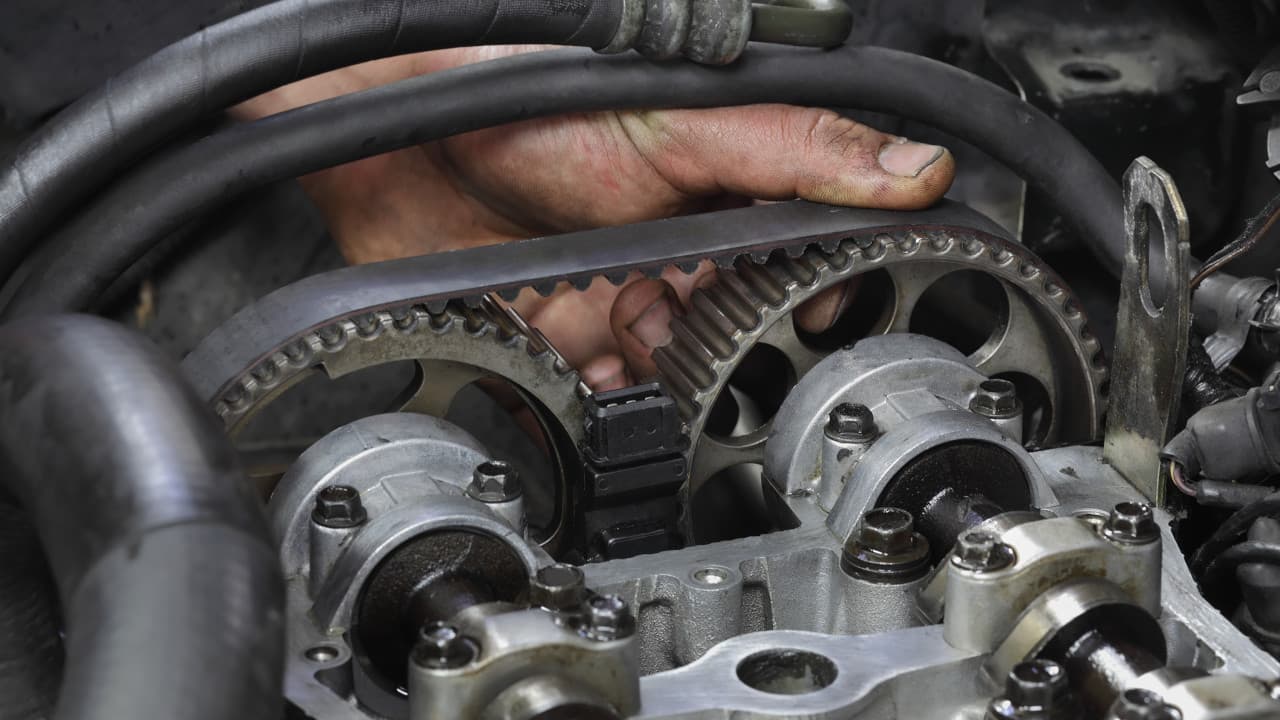- Arabic
- French
- Russian
- Spanish
- Portuguese
- Turkish
- Armenian
- English
- Albanian
- Amharic
- Azerbaijani
- Basque
- Belarusian
- Bengali
- Bosnian
- Bulgarian
- Catalan
- Cebuano
- Corsican
- Croatian
- Czech
- Danish
- Dutch
- Afrikaans
- Esperanto
- Estonian
- Finnish
- Frisian
- Galician
- Georgian
- German
- Greek
- Gujarati
- Haitian Creole
- hausa
- hawaiian
- Hebrew
- Hindi
- Miao
- Hungarian
- Icelandic
- igbo
- Indonesian
- irish
- Italian
- Japanese
- Javanese
- Kannada
- kazakh
- Khmer
- Rwandese
- Korean
- Kurdish
- Kyrgyz
- Lao
- Latin
- Latvian
- Lithuanian
- Luxembourgish
- Macedonian
- Malgashi
- Malay
- Malayalam
- Maltese
- Maori
- Marathi
- Mongolian
- Myanmar
- Nepali
- Norwegian
- Norwegian
- Occitan
- Pashto
- Persian
- Polish
- Punjabi
- Romanian
- Samoan
- Scottish Gaelic
- Serbian
- Sesotho
- Shona
- Sindhi
- Sinhala
- Slovak
- Slovenian
- Somali
- Sundanese
- Swahili
- Swedish
- Tagalog
- Tajik
- Tamil
- Tatar
- Telugu
- Thai
- Turkmen
- Ukrainian
- Urdu
- Uighur
- Uzbek
- Vietnamese
- Welsh
- Bantu
- Yiddish
- Yoruba
- Zulu
Июл . 30, 2024 19:09 Back to list
Understanding the Importance and Maintenance of Your Vehicle's Timing Belt for Optimal Performance
The Timing Belt A Crucial Component for Engine Performance
The timing belt is an essential part of an internal combustion engine, playing a critical role in synchronizing the movement of the engine's camshaft and crankshaft. Often overlooked during routine maintenance checks, the timing belt is responsible for ensuring that the engine's valves open and close at the correct times, allowing for optimal air-fuel mixture intake and exhaust expulsion. Understanding the importance of the timing belt can enhance vehicle performance and longevity, making it a topic worth exploring for any car owner.
Typically made from durable rubber with high-tensile fibers, timing belts are designed to withstand the extreme conditions within the engine. They are engineered to be replaceable after a certain number of miles, as they can wear down over time due to heat, oil exposure, and the mechanical stresses of engine operation. Most manufacturers recommend replacing the timing belt every 60,000 to 100,000 miles, although this interval can vary based on vehicle make and model. Ignoring the timing belt's maintenance schedule can lead to catastrophic engine failure, as a snapped timing belt can cause the camshaft and crankshaft to fall out of sync, potentially damaging internal engine components.
The consequences of a timing belt failure can be severe. In interference engines, where the space between the pistons and valves is minimal, a broken timing belt can result in the pistons colliding with the open valves, causing significant damage. This can lead to costly repairs, including the need for a complete engine rebuild or replacement. On the other hand, non-interference engines may avoid such catastrophic damage; however, they will still experience severe performance issues and may face expensive recalibration or repairs.
the timing belt

Signs that a timing belt may be nearing the end of its lifespan include unusual noises from the engine, oil leaks near the timing belt cover, or visible signs of wear such as cracks or fraying. Regular maintenance checks by a qualified mechanic can help catch these signs early, promoting timely replacement and preventing potential breakdowns. Additionally, some vehicles may have a timing chain instead of a belt. Timing chains tend to have a longer lifespan but are not immune to issues. They also require periodic checks to ensure tensioners and guides are functioning correctly.
Drivers should familiarize themselves with their car's service manual, which provides specific recommendations for timing belt replacement and maintenance. Paying attention to these details can save time and money in the long run. Furthermore, some vehicle owners opt to replace other components during a timing belt change, such as the water pump, tensioners, and idler pulleys, to ensure comprehensive maintenance in one service visit.
In conclusion, the timing belt plays a vital role in the functionality and efficiency of an internal combustion engine. Recognizing its importance and adhering to maintenance schedules can significantly influence vehicle reliability and performance. Always consult a professional mechanic if you suspect any issues with your timing belt or need clarification about your vehicle's maintenance requirements. By taking these proactive measures, car owners can ensure smoother rides and prolong engine life, ultimately making the timing belt a key component in keeping your vehicle running at its best.
-
Korean Auto Parts Timing Belt 24312-37500 For Hyundai/Kia
NewsMar.07,2025
-
7PK2300 90916-T2024 RIBBED BELT POLY V BELT PK BELT
NewsMar.07,2025
-
Chinese Auto Belt Factory 310-2M-22 For BMW/Mercedes-Benz
NewsMar.07,2025
-
Chinese Auto Belt Factory 310-2M-22 For BMW/Mercedes-Benz
NewsMar.07,2025
-
90916-02660 PK Belt 6PK1680 For Toyota
NewsMar.07,2025
-
drive belt serpentine belt
NewsMar.07,2025

